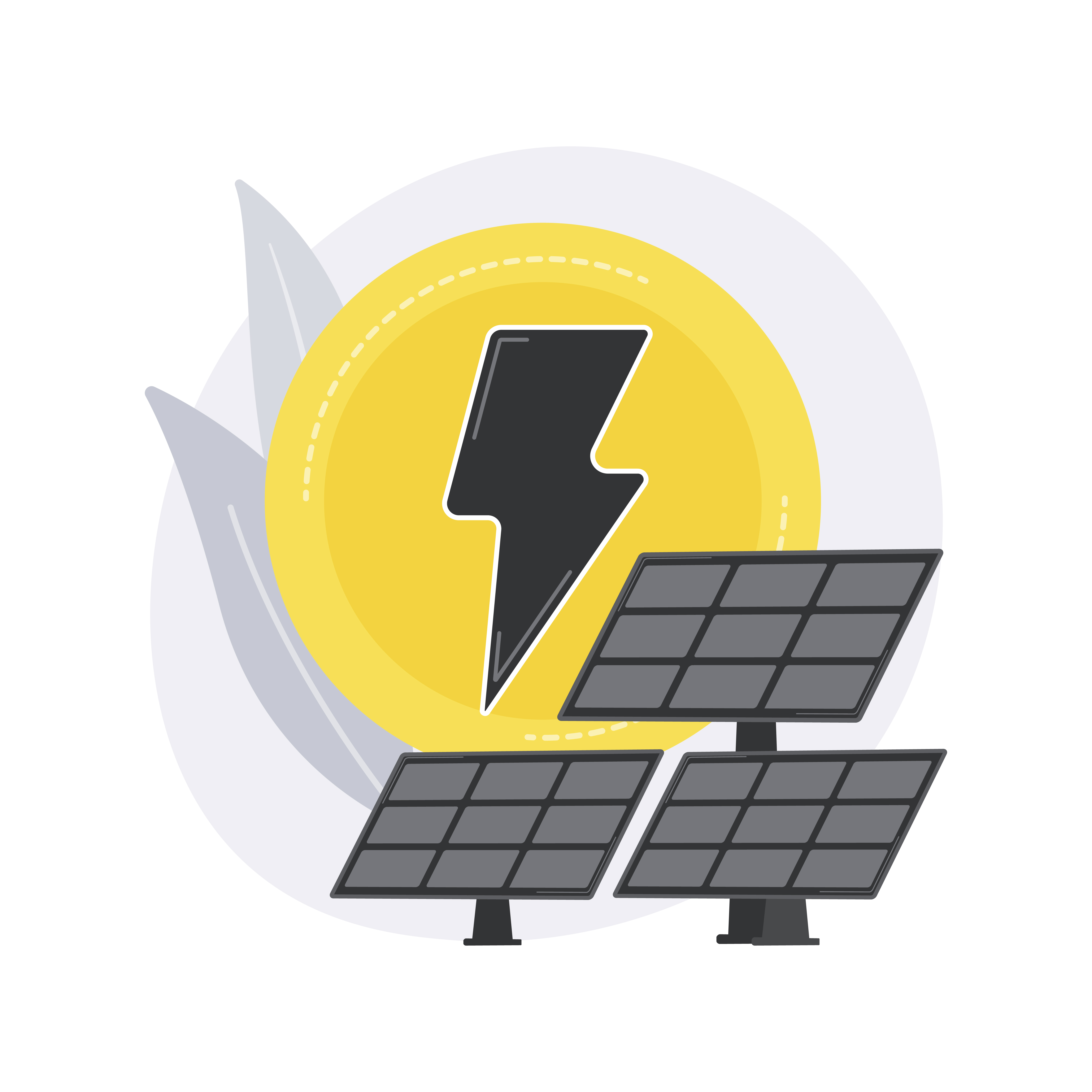This article will discuss solar energy in China and investigate the ambitions, strategies, and challenges behind solar power. It will also shed light on the key players and the projects of interest. Solar energy is an indirect way to reduce carbon emissions, and it will be crucial in China's quest to attain net zero by 2060.
Ambition
According to the 14th five-year plan launched by the National Development and Reform Commission, China aims to generate 26 per cent of its electricity needs from solar and wind energy by 2030. To attain this, it aims to build 1200 Gigawatt of solar and wind energy by 2030 and to fulfil at least 50 per cent of electricity demand through renewable energy sources.
Major Projects
- The Golmud Solar CSP Power Plant is under development in Golmud, Qinghai, with a substantial investment of $3 billion. Construction commenced in the third quarter of 2021 and is set for completion by the fourth quarter of 2024. With a capacity of 3300 Megawatt, it aims to increase electricity generation.
- Xiangyang 1 GW Wind and Photovoltaic PowerPlant, was developed in Xiangyang, Hubei, with an investment of $772 million. Construction began in the third quarter of 2021, connection to the electric grid by April 2023. With a capacity of 1 Gigawatt, it aims to meet rising electricity demand.
- Xiangyang Vanadium Redox Flow Battery Energy Storage Plant was developed in Xiangyang, Hubei, with an investment of $668 million. Construction began in the third quarter of 2021 and finished by the fourth
quarter of 2022. With a capacity of 100 Megawatt, it aims to store energy to meet electricity demand in the country. - The Ulanqab Green Power Station was developed in Ulanqab, Inner Mongolia, with a total investment of $360 million. Construction commenced during the third quarter of 2021, reaching completion by the conclusion of the same year. With a capacity of 500 Megawatt, it aims to meet rising electricity demand.
- Xiangyang Solar PV Power Plant is developed in Xiangyang, Hubei, with an investment of $200 million. Construction began in the third quarter of 2021 and finished by the fourth quarter of 2022. With a capacity of 100 Megawatt, it aims to meet rising electricity demand.
Key Players
- State Power Investment Corporation, based in Beijing, operates power generation businesses such as solar, hydropower, thermal energy and nuclear power.
- China Datang Corporation, based in Beijing, is a state-owned power generation enterprise that generates electricity and heat energy.
- China General Nuclear Power Group, based in Shenzhen, is a state-owned clean energy company engaged in solar, wind, and hydropower.
- China Three Gorges Corporation, based in Beijing, is a state-owned power company engaged in hydropower, wind and solar projects.
- China Huadian Corporation, based in Beijing, is a state-owned entity supplying electricity, heat energy and developing power-related-primary energy.
Challenges
- The first and foremost challenge concerned with technological development, energy storage facilities are needed and developing them is expensive, acting as an impediment to the adoption of solar power in electricity generation.
- The second challenge related to industrial supply chains as solar panels require crucial minerals such as lithium, nickel, and manganese. Since China imports the components from abroad, solar power adoption depends on the country’s ability to import such items.
- The third challenge lies in geography, as regions with higher solar energy potential are distant from areas with the highest energy demand. For instance, high solar potential exists in the northwest region, while electricity demand is high in the southeast. As a result, it is challenging to tap solar energy in the northeast and supply it to the southeast.
Final Viewpoint
In this piece, I have mentioned China’s ambition concerning solar energy, where targets up to 2030 are discussed. I mentioned solar energy projects built recently and those under construction, showcasing the Chinese government’s push for solar power. The top five players presented demonstrate the forefront of the solar energy industry, showcasing the firms leading the charge. The top three challenges hindering China’s solar power development are shown to demonstrate the obstacles that need to be tamed. Finally, China is taking steps in the right direction and is the world’s leader in this market, and the ability of China to transition to clean forms of energy in the future remains uncertain.
End Notes:
- https://www.unpri.org/pri-blog/the-net-zero-transition-in-china-progress-has-been-made-but-challenges-remain/10132.article#:~:text=China's%20net%2Dzero%20transition%20pathway,of%20the%20country's%20transition%20pathway.
- https://encyclopedia.pub/entry/38130
- https://www.belfercenter.org/publication/challenges-and-promises-greening-chinas-economy
- https://climatecooperation.cn/climate/china-released-its-14th-five-year-plan-for-renewable-energy-with-quantitative-targets-for-2025/
- https://www.ibisworld.com/china/market-research-reports/solar-power-generation-industry/
- https://www.power-technology.com/marketdata/top-five-solar-energy-construction-projects-china-q3-2021/
- https://www.enerdata.net/publications/daily-energy-news/china-completes-1-gw-first-phase-its-solar-and-wind-desert-project.html





